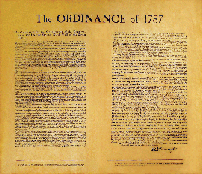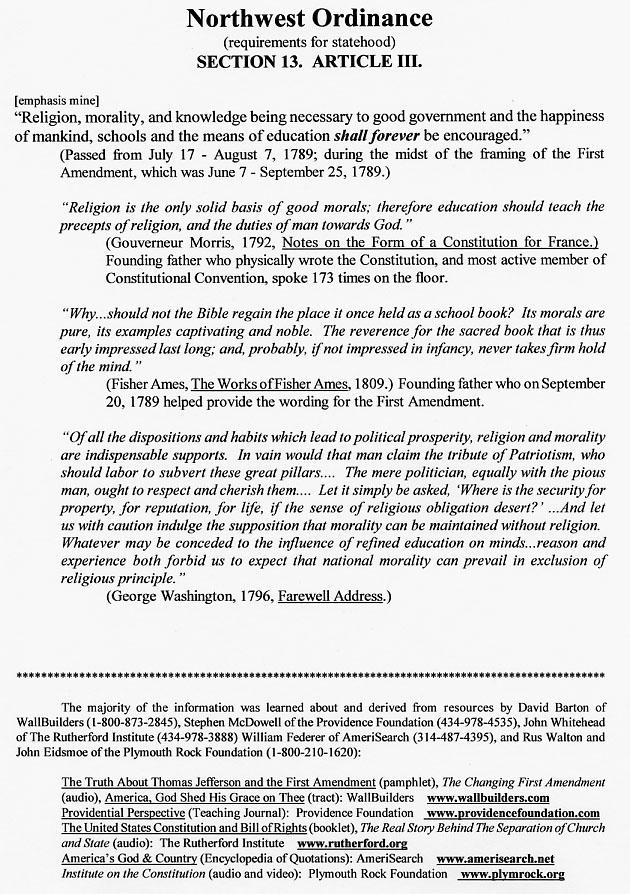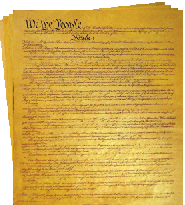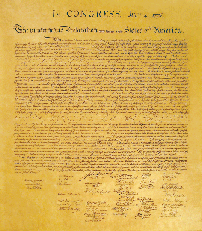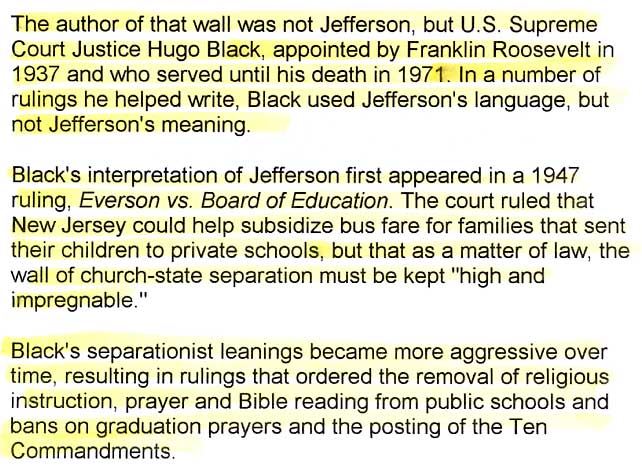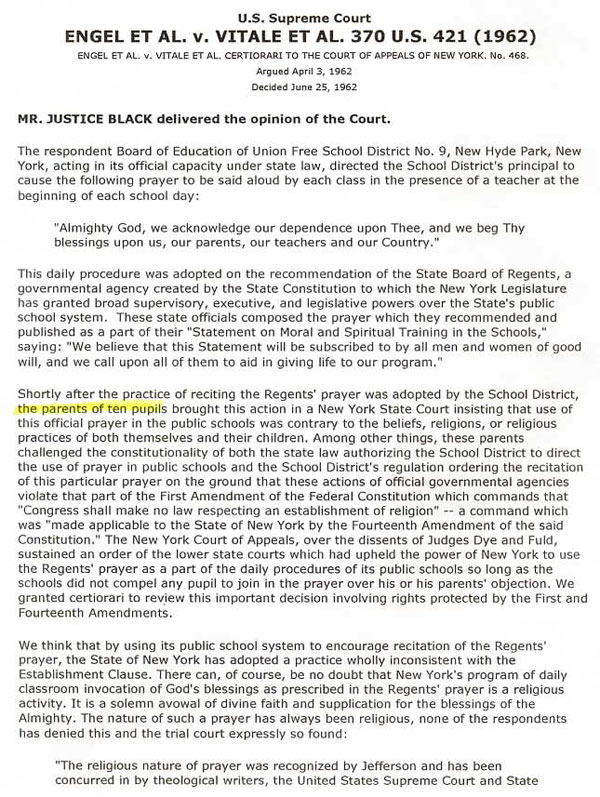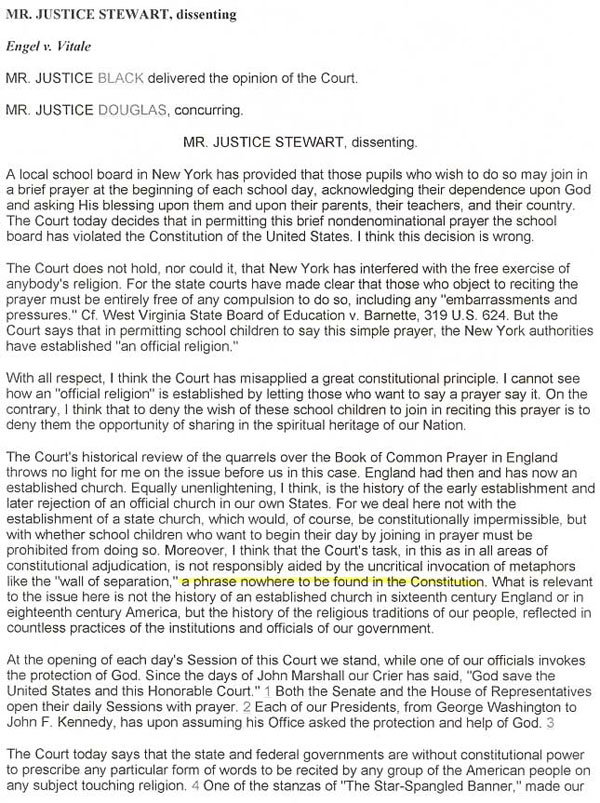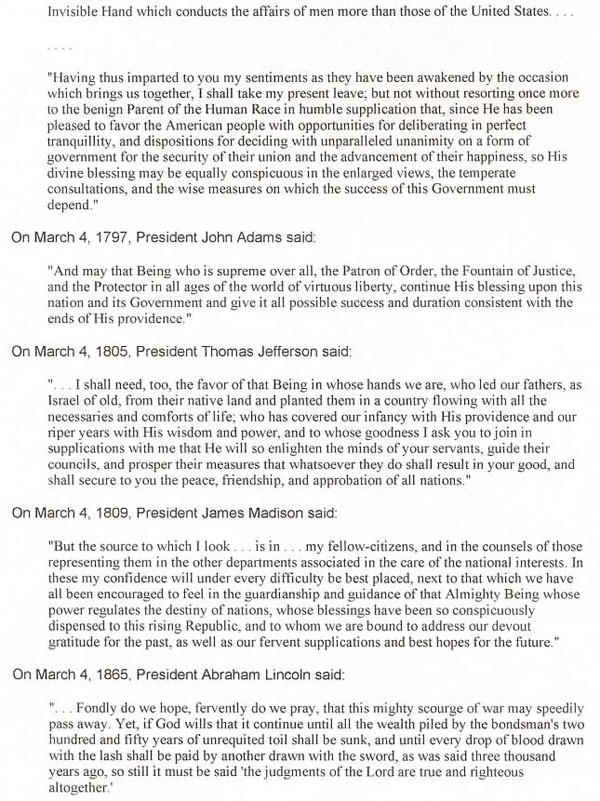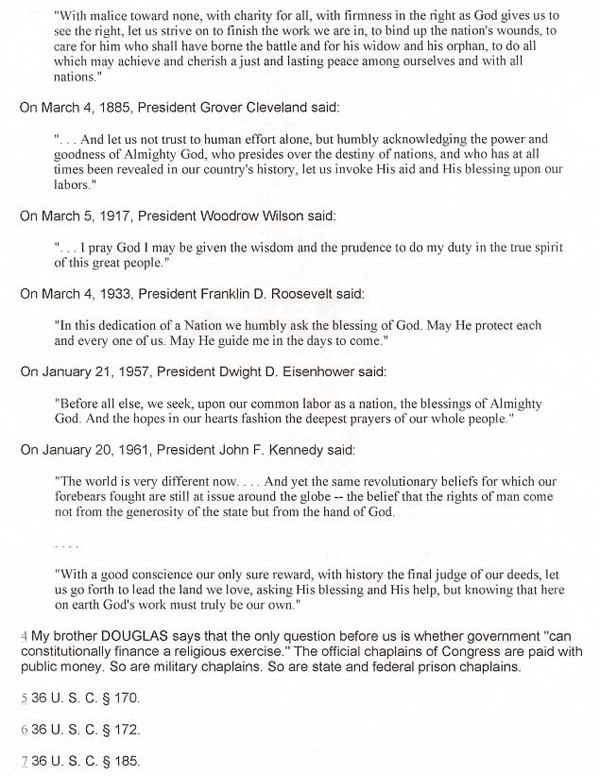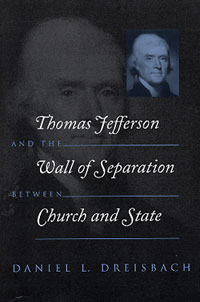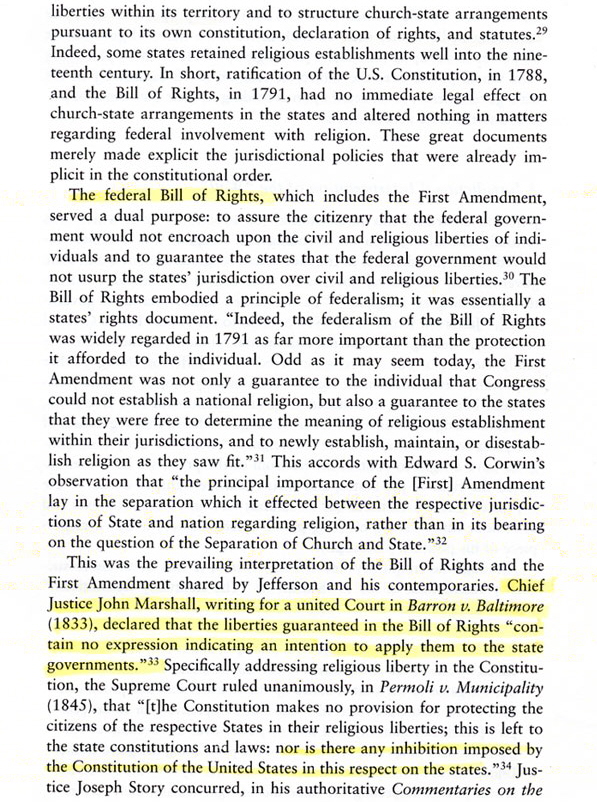|
For God, Family and America |
|
Lesson 2 |
|
The 1st Amendment |
|
“The first to plead his case seems just, |
|||||||
|
|
|||||||
|
|
|||||||
|
#1. What is the wording of the 1st Amendment? |
|
#2. What is the meaning of the 1st Amendment? |
|
RESOURCES |
|||||||||||||||||||
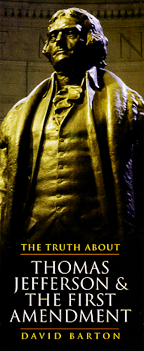 |
|||||||||||||||||||
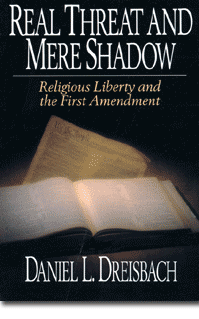 |
|||||||||||||||||||
|
|
|||||||||||||||||||
 |
|||||||||||||||||||
|
|
|||||||||||||||||||
 |
|||||||||||||||||||
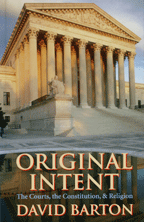 |
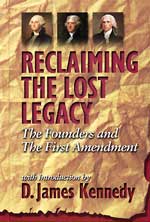 |
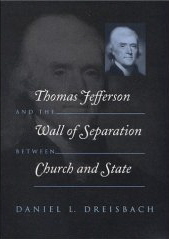 |
||||||||||||||||
 |
||||||||||||||||||
 |
||||||||||||||||||
 |
||||||||||||||||||
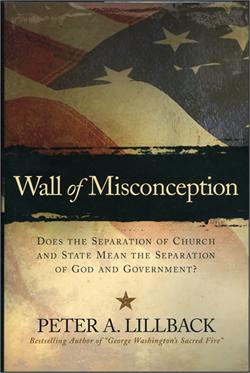 |
||||||||||||||||||
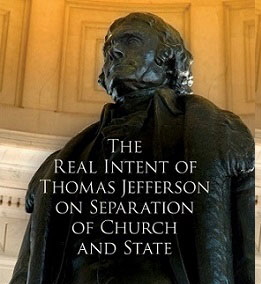 |
||||||||||||||||||
 |
||||||||||||||||||
|
American Minute |
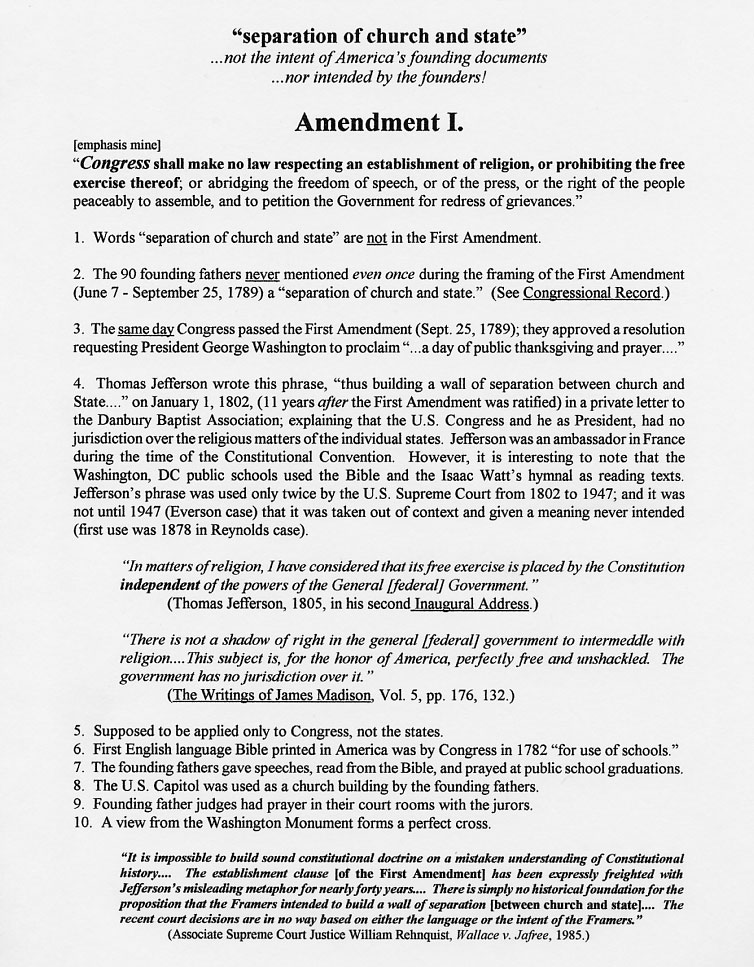 |
|
|
|
|
|
|
How to Respond to Separation of Church and State |
|
#3. How did Thomas Jefferson get involved? |
|||||
 |
|||||
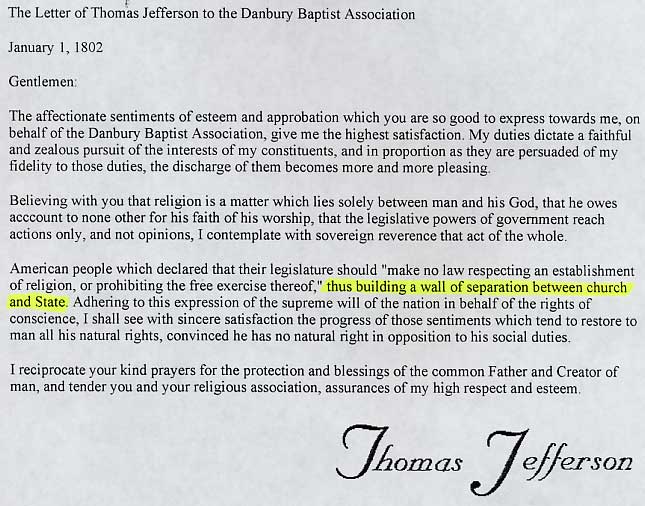 |
|||||
Letters Between the Danbury Baptists and Thomas Jefferson |
|
#4. When first misinterpreted and misapplied? |
|
Who gave us the unconstitutional wall of separation between Church and State?* |
|
|
|
*Excerpted from Citizen magazine (2000). Also see Everson v. Board of Education - (1947). |
|
|
||||||||||||||||||||||||||||||||||||||||||||||||||||
|
#5. A simple explanation: |
|
|
|
pages 60-62 quoted below |
|
|
|
|
|
|
|
The 1st Amendment Explained |
|
"The whole power over the subject of religion is left exclusively to the State governments, to be acted upon according to their sense of justice and the State Constitutions," wrote Supreme Court Justice Joseph Story in his Commentaries on the Constitution of the United States, 1833. Who was Joseph Story? He was the founder of Harvard Law School and appointed to the Supreme Court by President James Madison - the same James Madison who introduced the First Amendment in the first session of Congress. |
||||||
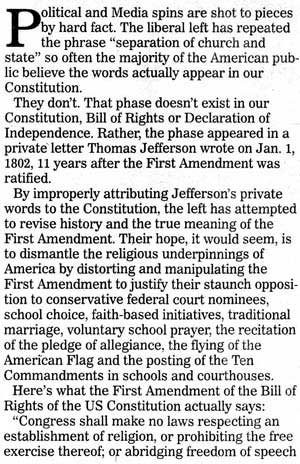 |
||||||
 |
||||||
|
Letter to the Editor, Bluefield Daily Telegraph, Bluefield, WV, February 2, 2008 |
|
#6. Use the right words! |
|
|
|
End of Lesson 2 |
|
|
||||

